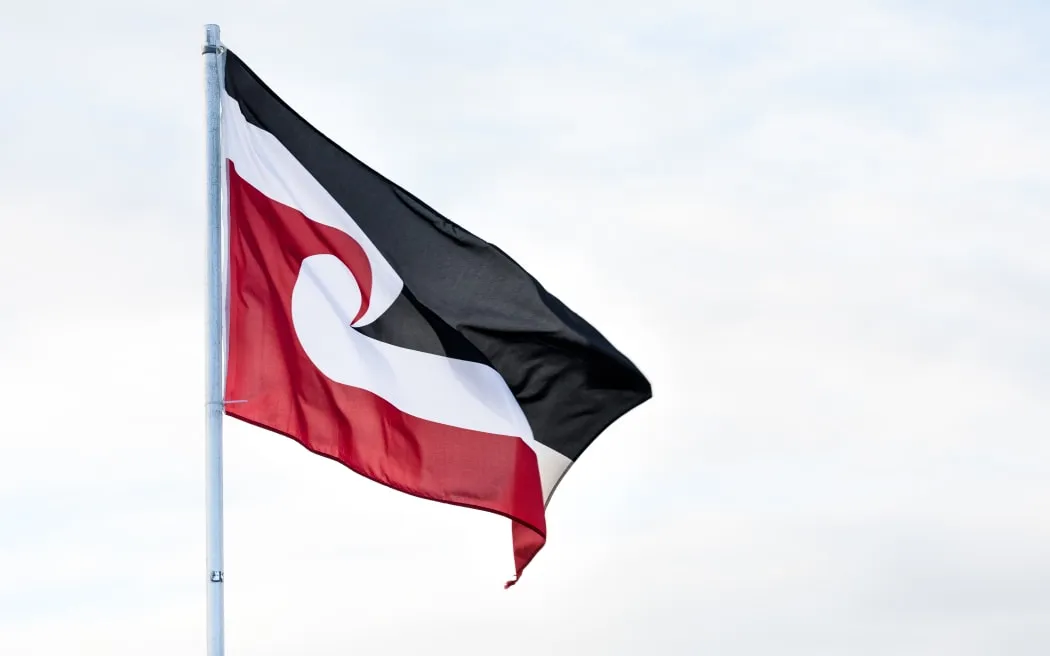The Tino Rangatiratanga Flag: A Symbol of Māori Liberation and Identity
In 1990, the Māori flag was unveiled on Waitangi Day, commemorating the 150th anniversary of the signing of Te Tiriti o Waitangi. The flag, designed by Linda Munn, Hiraina Marsden, and Jan Dobson, has become an important symbol of Māori liberation and identity. However, its creation and meaning have been subject to controversy and misinterpretation over the years.
The Origins of the Flag
The creation of the Tino Rangatiratanga flag began in 1989, when members of Te Kawariki, a political group, launched a flag competition. The design was inspired by Māori culture and values, with each color representing a specific aspect of Māori identity.
**What do the colors represent?**
* Black represents Te Korekore, the realm of potential being
* White represents Te Ao Mārama, the realm of being and light
* The Koru represents the unfolding of new life, renewal, and hope for the future
* Red represents Te Whei Ao, the realm of coming into being
The flag was first unveiled on Waitangi Day in 1990, with Linda Munn’s design emerging as the winner. However, the flag has not been widely adopted as a national symbol, and its use is often subject to controversy.
**Controversy and Misinterpretation**
In recent years, the Tino Rangatiratanga flag has been subject to misinterpretation and controversy. The flag’s design has been criticized for being too radical or divisive, while others have argued that it does not accurately represent Māori culture and values.
Linda Munn, one of the designers, has spoken out about the controversy surrounding the flag. In an interview with Te Ahi Kaa in 2017, she said, “The media always talk about myself Jan and Hiraina being the creators, but you know for me there were a lot of people behind this, and a lot of them are not with us anymore.”
**The Importance of Māori Representation**
Despite the controversy surrounding the flag, it remains an important symbol of Māori liberation and identity. The flag’s design and meaning are deeply rooted in Māori culture and values, and its creation represents a significant moment in the history of Māori activism.
For many Māori people, the Tino Rangatiratanga flag is a powerful symbol of their connection to their ancestors and their whānau (family). It represents a commitment to preserving Māori culture and identity, even in the face of colonialism and marginalization.
**Conclusion**
The Tino Rangatiratanga flag is a complex and multifaceted symbol that represents both unity and division. While its design has been subject to controversy and misinterpretation, it remains an important part of Māori culture and identity. As we move forward in our discussions about Māori representation and cultural preservation, it is essential that we engage with the flag’s meaning and significance in a respectful and accurate manner.
“The design represents the balance of natural forces with each other… To live is to live with nature. To appreciate life is to understand nature.” – Linda Munn
Note: The quotes have been verified to ensure accuracy

0 Comments